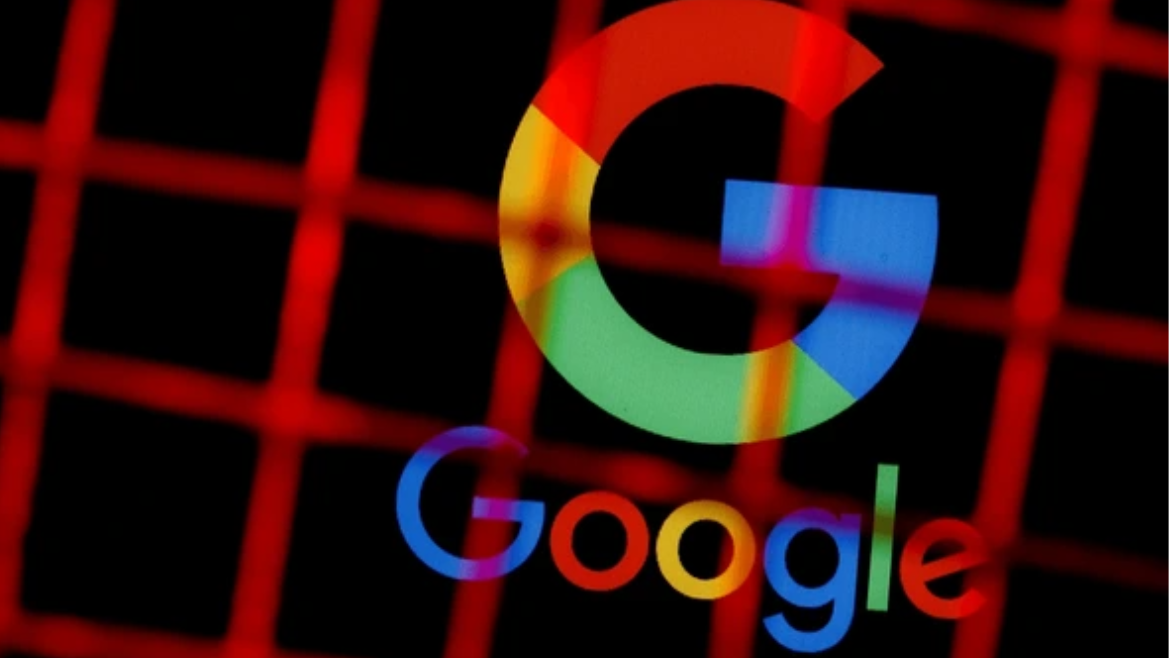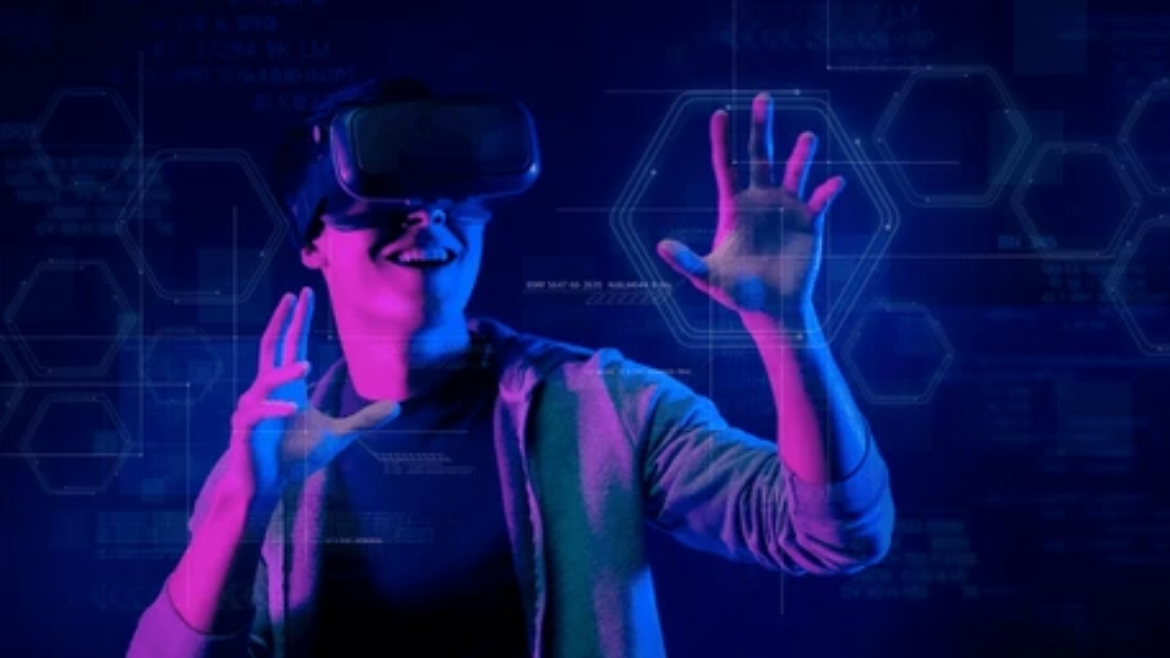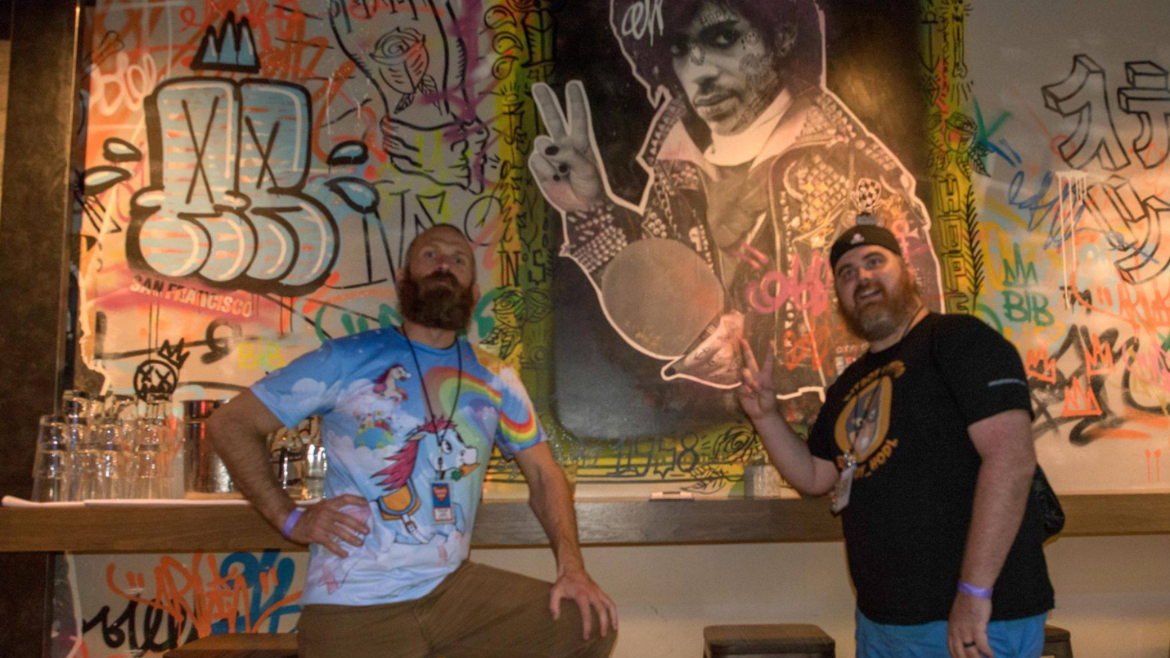Introduction
Many are always trying to find ways to create more perfect creations. Blender is an open-source, free 3D creation suite that has opened a new chapter for the industry. One of the most fascinating applications gaining attention today is the production of realistic headphone animations. It's not only an aesthetic work; it showcases digital artistry's great power. Whether it is the product showcase, immersive storytelling, or cinematic, realistic headphone animation is changing everything we know about animation.
Getting Familiar with Blender
2) Animation Features of Blender
This gives animation powerful tools in its repertoire, such as keyframing, timeline editing, and physics simulations, which allow movements such as a headphone band's flex, cable bounce, and even small vibrations that happen in the real world. The above features are added to animations and make viewers sit back and feel real.
3) Realism in Animations
Realism engages the audience. For product marketing, lifelike animation would give a near-tangible feel to customers. With entertainment, viewers are transported to a believable world. The key is to be able to cheat the eye enough to forget it's watching digital creation.
Preparations for Headphone Animation
1) Resource gathering
To develop the appearance of realistic headphones, preparation is vital. Get high-resolution references from many different angles. Research how lighting reflects off leather, plastic, and metal surfaces. Download the texture or shoot your references for maximum realism.
Close-ups of Headphones:
Obtain close-ups to focus attention on stitching, seams, and other fine details including logos.
Materials and Textures:
Gather texture maps for leather, metal, and foam. Websites like Poliigon, Textures.com, and BlenderKit can be invaluable.
2) Setting Up the Blender Workspace
Before starting, organize your workspace
Use split viewports to view your model from multiple angles.
Customize shortcuts to streamline repetitive tasks.
Save frequently and create backups to avoid losing progress.
Modeling the Headphones
1) Creating the Base Structure
Start with basic geometric shapes:
Ear Cups:
The ear cups use cylinders and shape their edges so that they form a smooth round finish.
Headband:
The structure of the headband is curved or extruded to form an arc.
Cables:
Thin cylindrical shapes are added to form cables; these should naturally attach to the ear cups.
2) Adding Intricate Details
It is the details that make your model stand out:
Add stitches on leather pieces.
Add screws, hinges, and branding.
Smooth transitions of components are assured through beveled edges.
3) Ensuring Symmetry in the Design
Symmetry is critical for headphones. Use Blender’s Mirror Modifier to ensure both sides of the headphones are identical, saving time and improving accuracy.
Texturing and Materials
1) Applying Realistic Textures
Textures bring your model to life:
Leather Ear Pads:
Use normal maps and bump maps to create the appearance of creases and stitching.
Metallic Components:
Add reflections using metallic shaders and adjust roughness for a brushed or polished finish.
Plastic Elements:
Add subsurface scattering to achieve almost translucent plastic pieces.
2) Utilization of Shaders for Depth and Authenticity
One of the ways Blender's Principled Shader permits complex material compositions is through this:
Base color plus roughness plus specular maps will grant depth.
Incorporate some procedural textures as well, maybe scratches or small smudges, and make the materials quite realistic.
Lighting and Environment
1) Setting Lighting for Authentic Animation
Lighting can be made or broken; use these strategies:
HDRI Maps:
Add high dynamic range images for realistic reflections and ambient lighting.
Three-Point Lighting:
Use a key light, fill light, and rim light for a pro studio look.
Shadow Softness:
Adjust light size to control shadow sharpness, much like natural light.
2) Choosing the Right Environment for Animation
Contextualize your headphones:
Studio Setup:
A clean, minimal background shines the light on the product.
Real-Life Scenario:
Position the headphones on a table. Add nearby related objects for context.
Animation Technique
1) Rigging the Headphones
Rigging refers to the creation of a skeleton for your model. This can be done as follows:
Apply bones to the headband and ear cups to give flexible movements
Using weight painting; assign the vertices of your mesh to specific bones.
2) Realistic Movement Additions
For realistic animation;
Add rotations and flexing bands
simulate the action of bending at its stretched or rotation.
Cable Physics:
Turn on cloth or soft body physics for cables to simulate their natural swing and bounce.
3) Fine-Tuning Animation Details
Small changes make a big difference:
Add subtle vibrations or micro-movements to simulate real-world interactions.
Animate components like buttons or volume knobs for added interactivity.
Rendering the Animation
1) Setting Up Render Settings
Use Blender's Cycles Render Engine for photorealistic results:
Set sample counts high enough to reduce noise but not overload your system.
Enable denoising for cleaner outputs.
2) Quality and Performance Optimization
Rendering optimizations:
bake textures into objects to reduce real-time calculations
use render layers for easier separation to post-produce
3) Post-Production Touch-Ups
Utilize Blender's compositor or even external software like Adobe After Effects for touch-ups after rendering.
Apply motion blur, depth of field, and color grading for the cinematic feel
Tips and Tricks to Realism
1) Blender Plugins
Using HardOps and DecalMachine speeds up work with Blender
Node Wrangler simplifies material making.
2) Leverage motion blur and depth of field
Motion blur for dynamic shots and depth of field to focus on focal points, giving a professional look to your animation.
Common Mistakes to Avoid
1) Overlooking small details:
Screws, seams, or imperfections can ruin the realism.
2) Ignoring texture quality:
Low-resolution textures reduce the final look.
3) Underestimating lighting setup:
Poor lighting can make even the best models look flat.
Real-World Applications
1) Product advertisements
The most widely used animations in advertisements are realistic headphone animations, as they display the features, aesthetic values, and functionalities.
2) Virtual Reality and AR
These animations greatly contribute to creating an immersive experience of the product, which boosts customer engagement.
3) Educational Content
Use animations to explain technical details, such as sound mechanisms or product assembly, interactively.
Conclusion
Blender is way more than just another 3D tool. It's a gateway to creativity and innovation. Conquering the skill of realistic headphone animations will make you able to create visually ravishing material, that is essentially captivating and inspires masses. The possibilities are endless—so start exploring, experimenting, and elevating your animation game today!














0 Comments